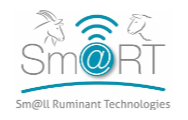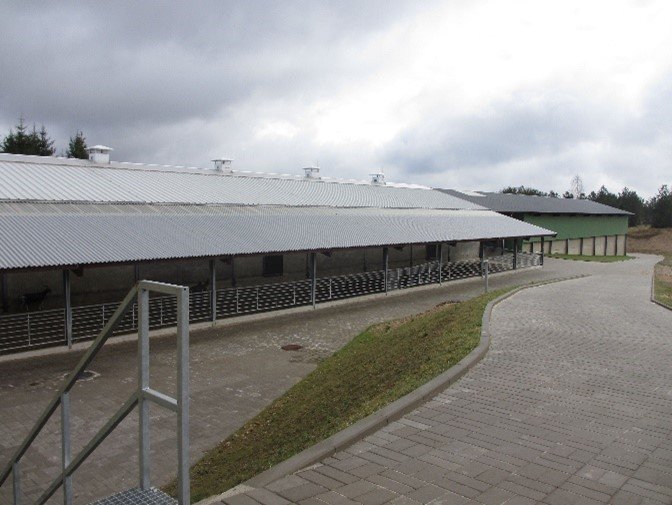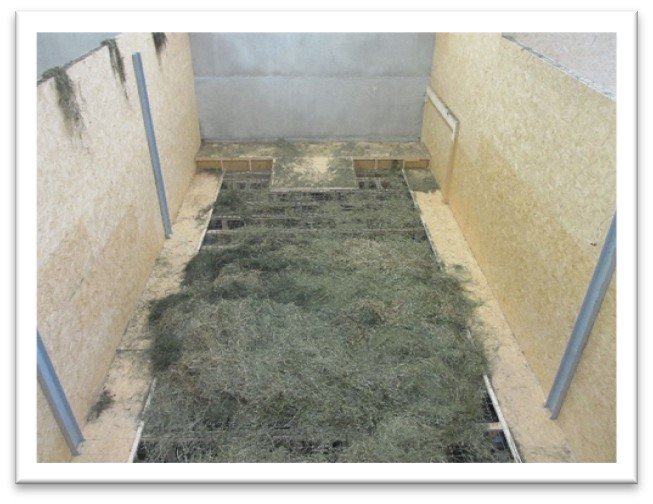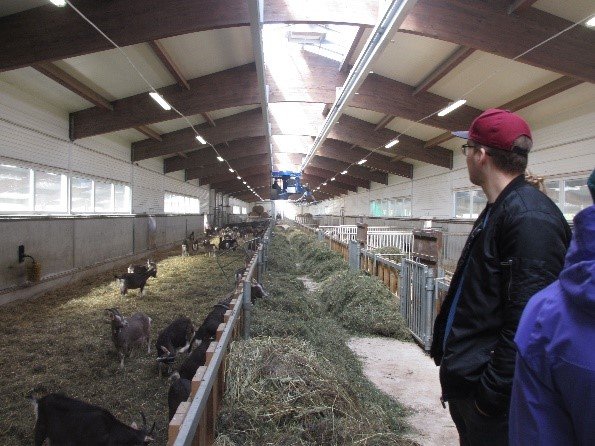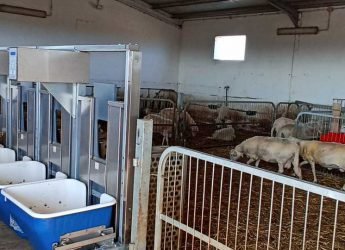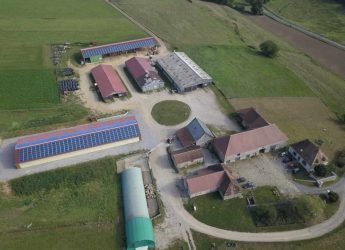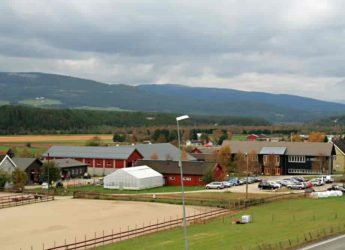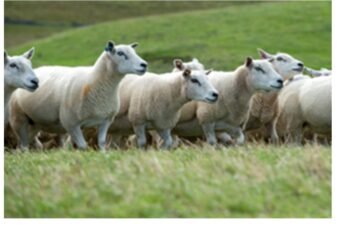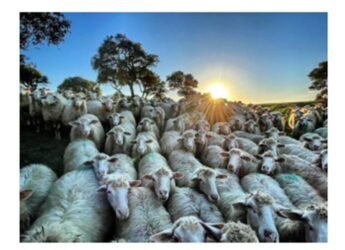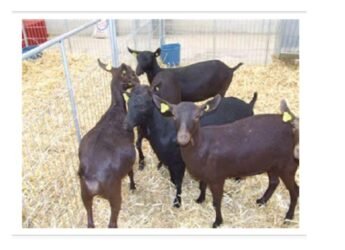Need:
Hay making traditionally depends on suitable weather. To get quality hay with high protein and energy content harvested the grass should be at the right growth stage. However, quite often rain in this period makes it impossible to make hay at the correct growth stage. Additionally many dairy goat and sheep farmers prefer to feed their animals with hay diets (not silage) to reduce the exposure of Clostridial bacteria from silage into milk and to achieve high quality cheeses with a longer maturing time.
Aim:
To optimise the time of hay cutting at the ideal growth stage regardless of the weather conditions. To ensure consistent high quality grass-based forage for dairy goats throughout the year.
Description:
After the cut, the grass is allowed to wilt for one day (or less) on the field and is then transferred to bunkers. The bunkers include a ventilation system from beneath which regulates the humidity of the air entering the bunker, and that leaving the bunker. This is powered by electricity mainly sourced from solar panels. The roof is retractable to allow natural drying on dry days. When dried the hay is then available for delivery to the goats, and is delivered by a suspended forklift on overhead rails.
How to implement:
The implementation of this technology is described above.
Expected benefits:
Year-round high quality hay for the feeding of dairy goats. Labour demands for the delivery and management of feed is reduced. The period of time taken for the whole process of hay-making is shortened, from cutting to storage, it can be completed in one/two days irrespective of the weather. The process of feeding is also more efficient, taking less time than were it done manually. As the post-cut hay spends little time lying on the ground (the drying process takes place indoors), there is less risk of contamination of the hay from soil and atmospheric microbes, and in addition the nutritional quality parameters (including protein and energy) of the hay are higher and there is less need for concentrate feed. The consistent quality of the hay is expected to improve palatability and feed intakes.
Prerequisites and/or limits:
Availability of necessary space and suitability of housing to fit requirements. Availability and unpredictable costs of energy required to ventilate the drying bunkers.
Cost / Benefit Analysis
One person can manage the feeding and milking of 500 milking goats.
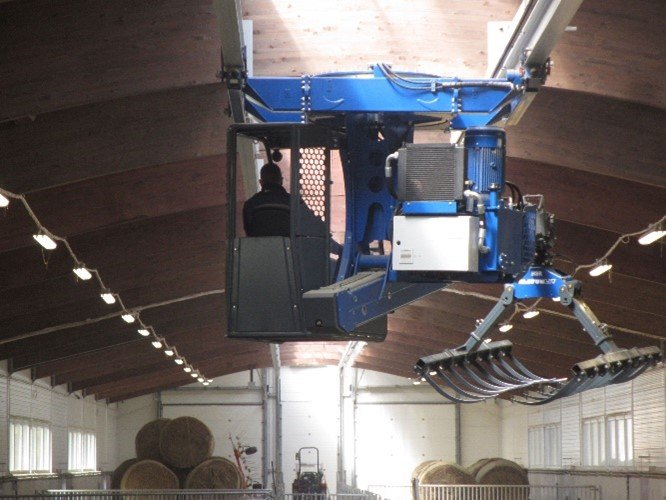
Country:
Estonia
Production system (Dairy or/and meat sheep/goat):
Dairy goat, dairy sheep
Category of Animal (ewe, goat, replacement, lamb, kid):
Lactating, dry and young goats/ewes and bucks/rams. The whole flock.
Source of information:
https://www.youtube.com/watch?v=RWV-82AOBMUtachment/links:
ADOPTION PREDICTION:
What is the expected uptake of this technology and when might peak uptake happen?
HUNGARY – ADOPT Results Final Seminar – UNIDEB – Post-dried hay technology
PDF SUMMARY
